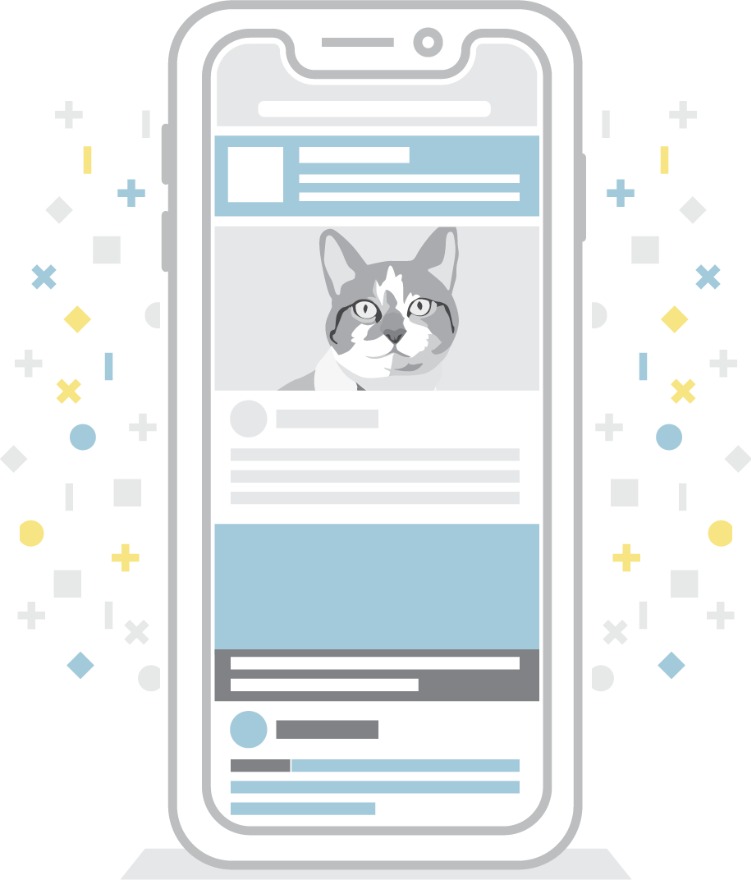
This section could be massive on its own, but we're keeping it high-level and providing plenty of links that you can explore for more detail.
Definition: Display network advertising uses a network which connects businesses that want to run advertisements with websites that wish to host them.10 This differs from traditional display advertising, which involves advertising on one publisher's site or set of sites. Ad networks act as a broker, buying unsold ad space from online publishers and packaging them to sell to advertisers. This is a complex space involving thousands of players and technologies, such as real-time bidding, which allow ads to be sold on a single-impression basis. It involves a host of ad servers for publishers, advertisers and networks to manage the entire process.
The biggest display networks in terms of dollars spent? Google and Facebook. According to Google, their 2 million display network sites reach more than 90 percent of internet users worldwide.11 Using the Google AdWords platform, your message can be placed on websites, videos and apps based on context, audience, location and other parameters.
To leverage display networks, marketers use programmatic advertising techniques. Programmatic is defined by the Display Trading Council as the use of automation in buying and selling media. It is the umbrella term for multiple types of display network advertising. We cover two instances of it in this paper: retargeting and account-based marketing.